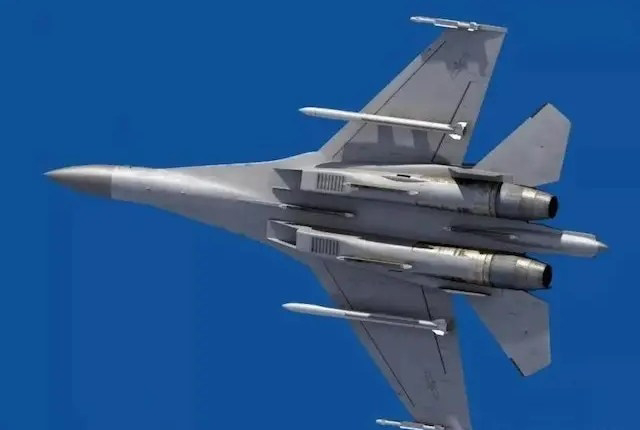India goes for Russian R-37M Missiles as Pakistan Eyes PL-17 Stealth Advantage
Defence affairs analysis
After what regional military analysts describe “Beyond Visual Range (BVR) rout” by Pakistan’s Air Force (PAF) in the early days of May, India’s Air Force (IAF) is scrambling to secure its skies with the acquisition of Russia’s fearsome R-37M (AA-13 Axehead) long-range air-to-air missile.
The R-37M, developed by Moscow’s leading missile manufacturers Vympel NPO, is designed to neutralise high-value aerial targets at ranges exceeding 300 kilometres — a significant boost for India’s Su-30MKI fleet, which remains the backbone of the IAF’s air superiority doctrine.
Reports from senior defence sources indicate that New Delhi and Moscow are now in the final stages of negotiations, a deal that could be worth upwards of USD 250 million (RM1.2 billion) if the IAF opts for a substantial batch of these missiles to counter Pakistan’s recent technological leap.
This procurement is seen as a direct counterweight to Islamabad’s deployment of the Chinese-built PL-15E — an export-grade BVR missile that, even in downgraded form, allows the PAF to strike targets at over 145 kilometres.
Crucially, the indigenous Chinese PL-15 variant, fielded by Beijing’s own stealth fighters, is believed to have an engagement envelope stretching up to 300 kilometres — giving the PLAAF a “first launch advantage” in any major aerial engagement in the Indo-Pacific.
So far, the PAF officially operates only the PL-15E version, but multiple unverified reports suggest Pakistan may have gained access to the more potent domestic variant, an allegation that continues to stir concern within India’s security establishment.
During the unprecedented Pakistan-India aerial confrontations in May — an air battle described by some in the region as the largest BVR dogfight since the Cold War — Pakistan’s Chinese-supplied J-10C fighters, armed with PL-15E missiles, reportedly downed six IAF fighters in a matter of hours.
Among the casualties were three of India’s prized Dassault Rafales, each worth over USD 240 million (RM1.12 billion) per airframe when accounting for weapons and sustainment.
The remaining losses included frontline Su-30MKIs, MiG-29s, and Mirage 2000s, underscoring how vulnerable India’s combat fleet is against next-generation missile threats and integrated kill chains.
As New Delhi scrambles to fortify its air dominance with the R-37M, Islamabad is quietly laying the groundwork for an even more formidable response — the PL-17, also known as the PL-XX or “Project 180,” an ultra-long-range BVR missile with the potential to push the PAF’s engagement envelope to an astonishing 300–400 kilometres.
Military insiders believe Pakistan’s path to the PL-17 runs through Beijing’s strategic willingness to deepen its military-industrial partnership with Islamabad — a relationship that has become a pillar of China’s broader anti-access/area denial (A2/AD) strategy against India and its Quad allies.



Comments
Post a Comment